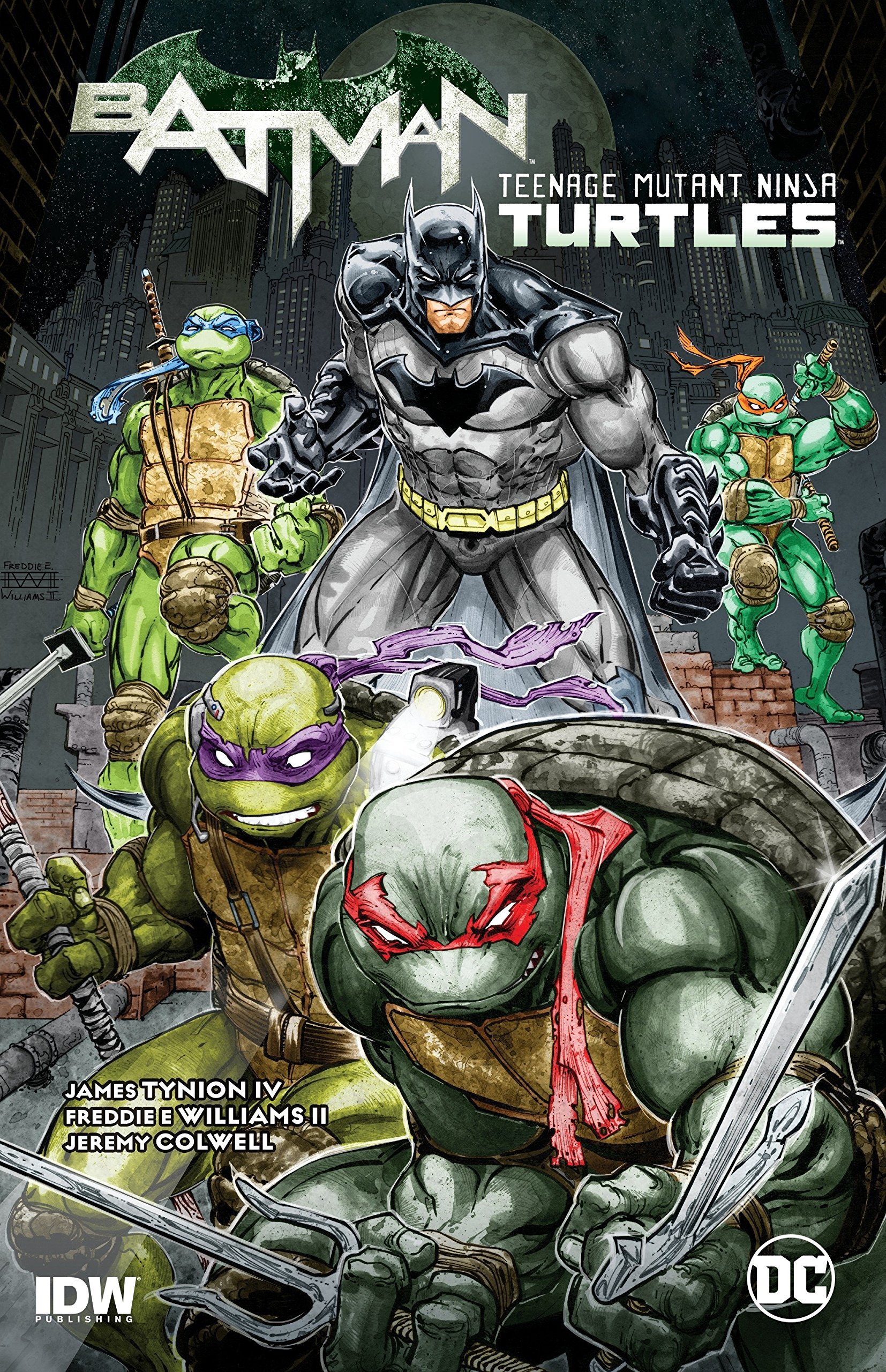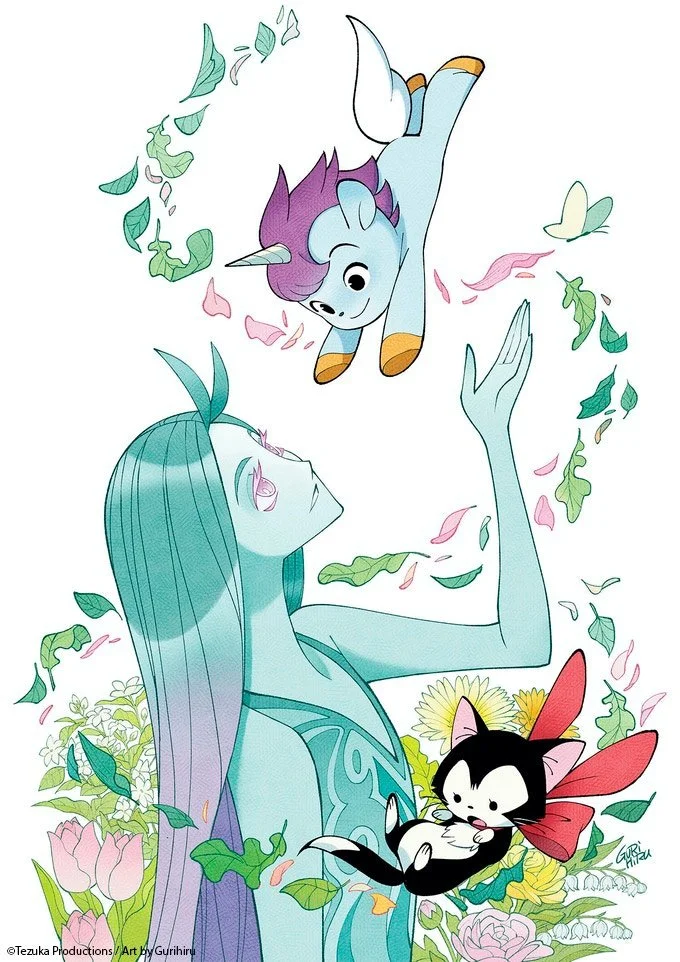This Book Is A Noun: On THE TALE OF ONE BAD RAT by Bryan Talbot
Arpad Okay — On the street, a girl and her rat. Dad is a monster and mother’s no help, Helen Potter leaves home, leaves a city even more monstrous, leaves it all behind but a ghost of the past. Helen’s affection for animals and reading and displeasure with the company of people is something she shares with Beatrix Potter, in whose books Helen found solidarity. Potter follows Potter to the countryside, where the latter found her peace and purpose.
Person, place, thing, idea — all is one in The Tale of One Bad Rat by Bryan Talbot. This book is a noun.
PERSON: HELEN POTTER
From The Tale of One Bad Rat.
Helen Potter is the person. The Tale is Potter’s story, she is the one who perseveres through squalor and abuse. Helen Potter is also Beatrix Potter, whose stories our Helen admires (along with the author who shares her name). A misanthropy inflamed by urban despair, an unhappy childhood, and a connection to the silent voice of animals. Helen sits on a train platform, on the sidewalk of a pedestrian crossing, on a bare mattress in some punk squat, because home isn’t an option for her anymore. She was abused by her father. Taken advantage of by the kids she met after she ran away from home. Shit sucks for Helen Potter, to put it lightly, and the only company she’s got to keep her from throwing herself off a bridge or into traffic or one of the many other scenes of suicidal ideation she is constantly subject to when her emotions wheel out of control is a pet rat. She’s that rat, you see, her connection to an animal everyone around her finds disgusting is one of deep empathy born of acknowledged shared experience. There is a spark inside the rat, an understanding that there is a vast, tender world and they are a part of it, but without a voice, no means to defend themselves from the cruel constructs of men. Helen is also unheard and thus powerless, alone but for her rat. And her books.
Helen Beatrix Potter was a real author. Helen Potter the runaway isn’t real. Her story is. Or it’s tried to be, Bryan Talbot put as much time into researching the reality of what he wrote as he did working from models and photographs to bring realism to his art. The story contains things he’s seen, even mirroring aspects of its own creation with Holly doing the reading on the subject to try to get a grip on it just like Bryan. Of greater importance, it is reigned in from projection by adhering to and honoring what people who underwent abuse experienced and what people who study it have to say.
The majority of abuse happens like a lot of other crime, not by a stranger in a public place but someone at home, someone tied up in their life. Talbot felt that addressing abuse, acknowledging that abuse can be addressed, is the first step towards preventing it. You can’t provide support for those who have endured hell if they don’t feel like it’s okay to talk about, let alone admit to experiencing.
From The Tale of One Bad Rat.
PLACE: HILL TOP
The struggle and despair of city life drives Helen out, to the countryside where Beatrix Potter was inspired to write. Every piece of pleasure in her past has been cut away and ruined, like a manic night’s sink full of hair. Helen takes flight, and where she lands begins to reveal how all the pieces of One Bad Rat are a single, unbroken chain, folded through itself in an endless knot. Potter followed her author to the countryside where she wrote. For the both of them this was the space they needed to open what had closed in their childhood. Like the wily windy moors we’d roll and fall in green that features in Bryan and Mary Talbot’s recent graphic novel Rain, or the Lake District’s role to hide Richard Adams’ bubonic canine lab refugees in his devastating prose novel Plague Dogs, the setting is more than a character in the story, it is a real location whose history produces the conditions in which a story like Helen’s can take place.
Talbot the artist expresses this importance in the form of working heavily from reference and capturing details. When Helen climbs a rain swept peak to scream it out a little bit, it’s not some fantasy cliff the author put in the story to serve a moment of dramatic effect. It’s a place. It’s that place. Helen isn’t any more real than Rowf and Snitter, but you can probably find pictures where she went on your phone. And compare them! Talbot’s style is old school, Hal Foster comic strip realism, a pen and ink direct representation like a drawn photograph. Comics-wise, Talbot has more in common with Prince Valiant than Mister Miracle, but with a modern stylization that makes the broadsheet standards of yesteryear into something hip. You can see why Neil Gaiman picked someone who does old and new, real and more, to work with on Sandman (or why Karen Berger put them together). Val could never take on punks like Helen does. There’s magic in the real, as they say, and Talbot’s measuredly expressionist representation of an actual photographed view captures it, or it says it needs no embellishment to be breathtaking, or possibly both.
From The Sandman - The Song of Orpheus. Pencils by Bryan Talbot, inks by Mark Buckingham, colors by Daniel Vozzo, and letters by Todd Klein.
From The Tale of One Bad Rat.
THING: THE COLLECTED WORKS OF BEATRIX POTTER
The real works of Potter are the books within the book that produce their own fantastic companion, the titular Tale. Potter’s take on the world as captured in her fiction gave Helen joy when the lights in her life were going out all around her. Their existence changed as Helen did, once evidence that the bonds of past could be broken, from that map to the place that provided Potter’s salvation. The Lake District. No piece stands apart in The Tale of One Bad Rat.
This manifested as a book within the book, an idea of a book really but one we get the privilege of reading. Helen’s story in The Tale of One Bad Rat (Talbot) starts at hitting bottom, fractured, with pieces of the past sliding into place through Potter’s growth confronting her memories, but Helen’s story in The Tale of One Bad Rat (Potter) runs from start to finish in a short, sweet arc that bends to kindness. Each panel in Talbot’s comic is a referenced recreation of an unreal photograph, the layout of the whole isn’t placing them side by side in an album, but filling each page up completely, the way tension permeates the story, stacking fauxtographs until the pile of moments topples. Helen’s story in the story puts the established presentation of reality down and opens a book. A little book, two to a page, four in each spread, each with their own double leaf laid open to be read. A Potter book in the style of Potter.
IDEA: THE GIANT IMAGINARY RAT
Did I mention that there is a rat in this book the size of a polar bear that only Helen appears to be able to see? It isn’t that strange for someone going on a pilgrimage to be accompanied by a spirit. Helen’s phantom companion is the manifestation of person, place, and thing. The fantasy’s power in the place of its origin bears Helen allegorical fruit, maybe madness, a kind of peace.
Truth found in field and mouse. In heron and lake and leaf. The value despite being without a voice. The truth of reality is unspeakable. Thistles in the air. Red flowers on a cliff. You can surround it with words but describing life will always be the reflection of the moon in the pool. The inherent value of life supersedes our perception of it. In each of us is something that needs no confirmation. Helen’s voice comes after she comes to understand her worth without one is all the validation she needs. Giant spectral rat companion, just a bonus.
The Tale of One Bad Rat
The Tale of One Bad Rat
Written, illustrated, and lettered by Bryan Talbot
Published by Dark Horse Comics
Helen Potter lived a happy life until she got lost in a nightmare of sexual abuse. Now she's on a journey, a journey which takes her through urban and rural England along the same path that another Potter, Beatrix Potter, once took. Across the decades, two lives touch, and Helen discovers that the strength of two is far greater than one.
Bryan Talbot constructs a very special story in The Tale of One Bad Rat, which immediately endears the reader. The victim of childhood sexual abuse, Helen Potter becomes the armored knight before her own personal demons in this story of heroism and courage.
Buy It Here: The Tale of One Bad Rat
Read more features about comics!
Arpad Okay’s degree in journalism and education means he can’t ever seem to separate the art from the anthropology in his features. Arpad writes about comics and culture for DoomRocket and The Beat and tweets about the world from @arpadokay














